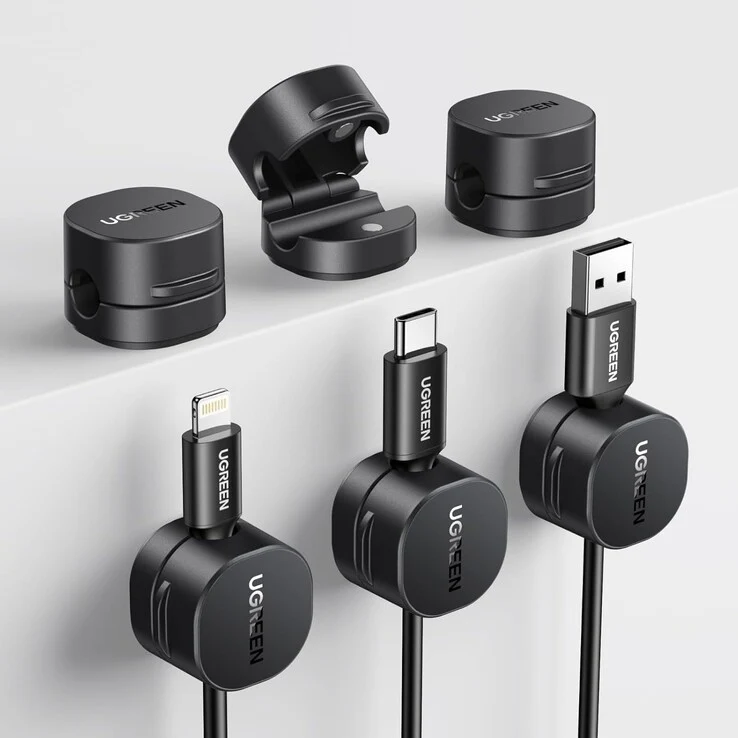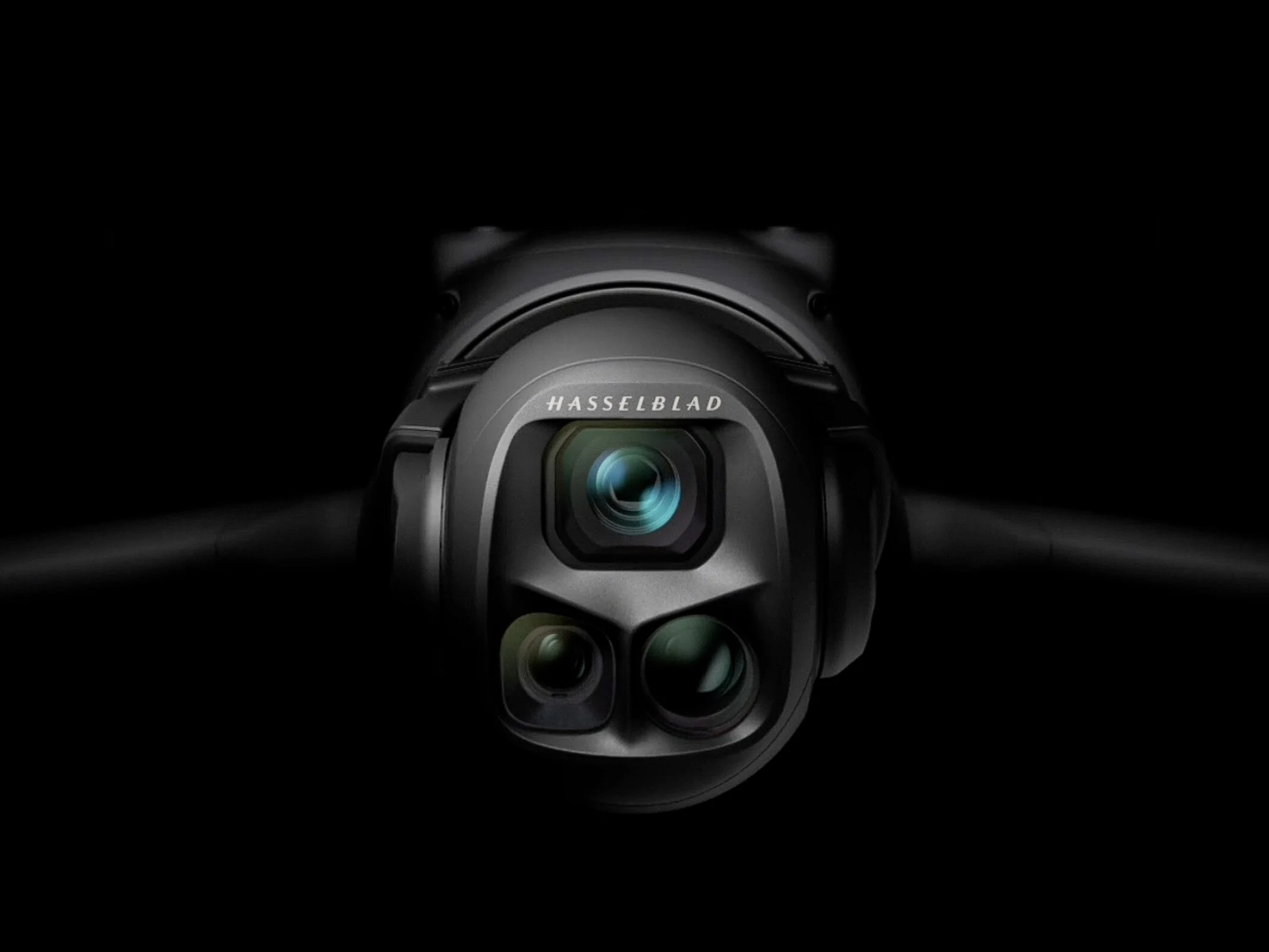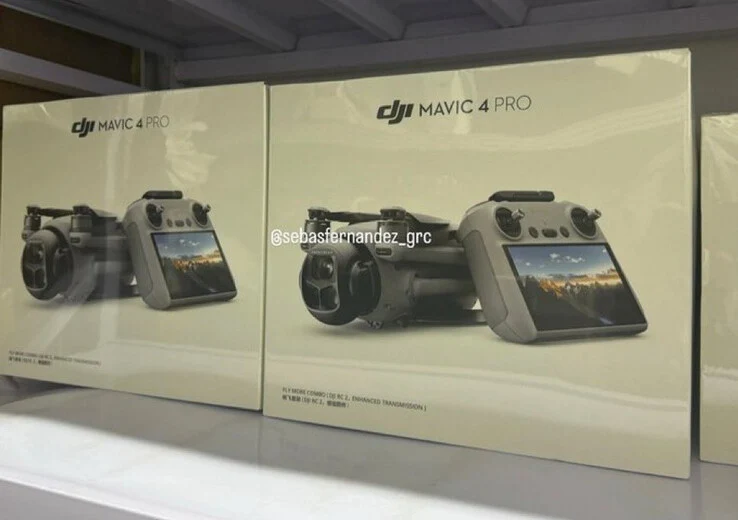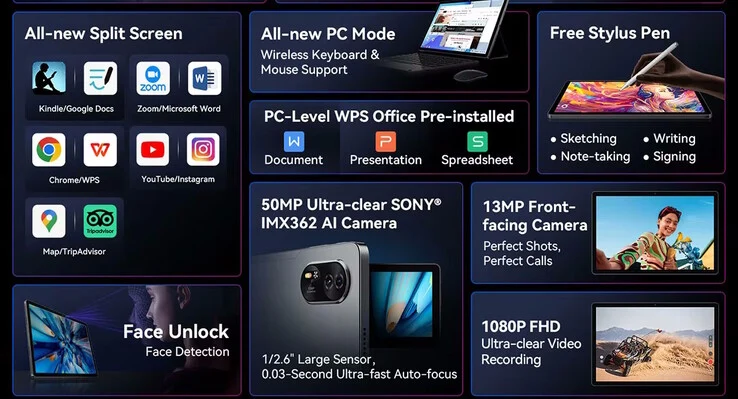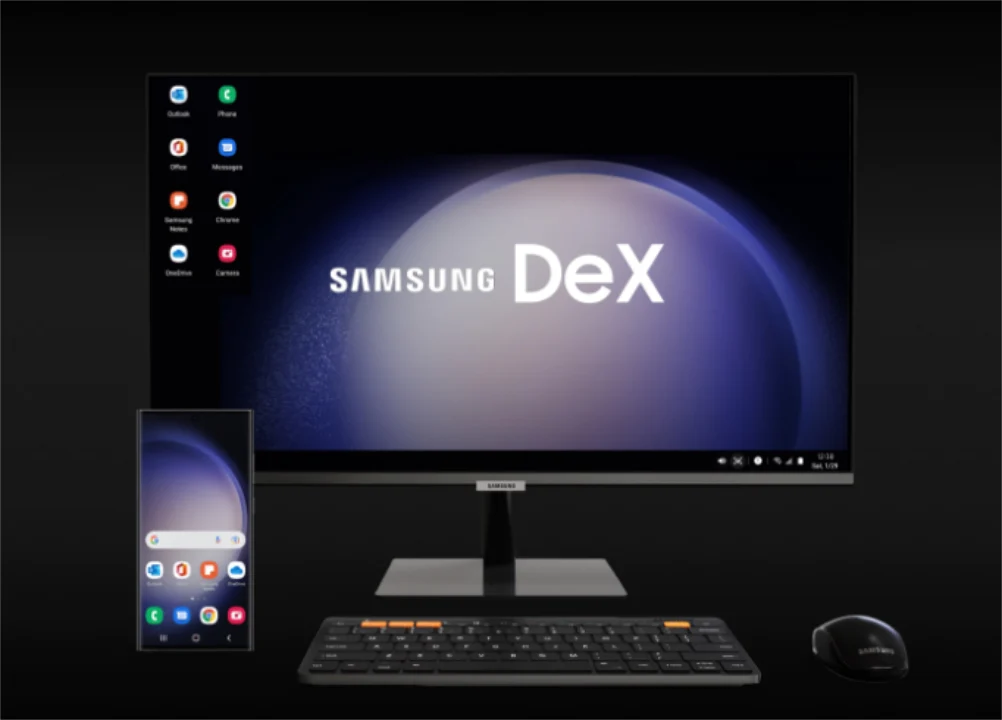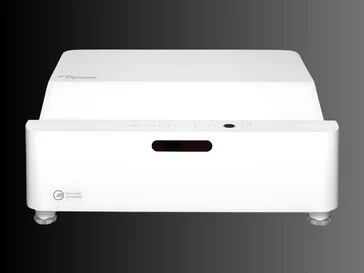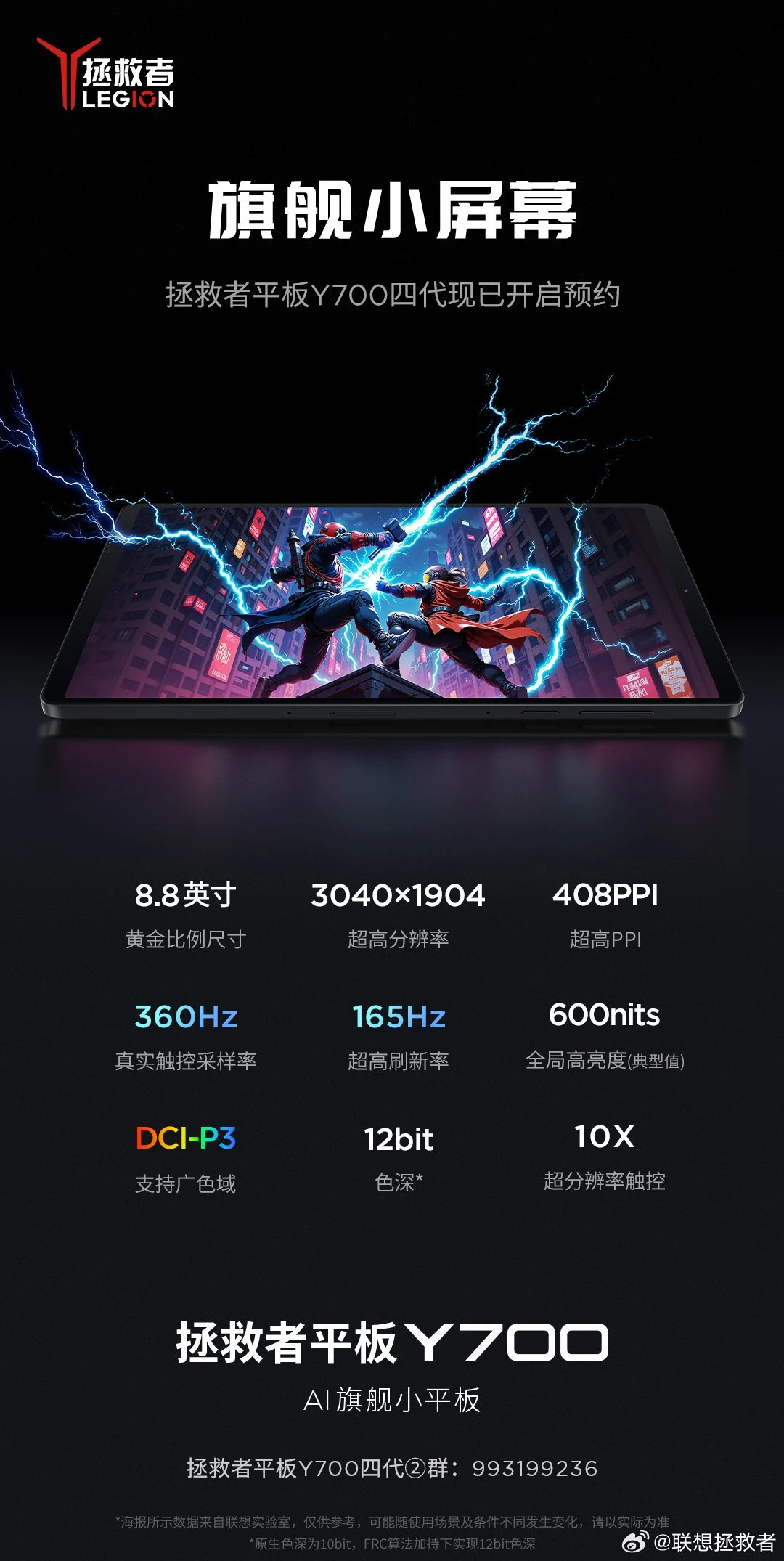Key Takeaways
1. Ugreen has launched the Cable Organizer 6 Pack in countries like the US, France, and Germany to help keep spaces tidy.
2. The organizer features a magnetic clasp, a 0.3-inch cable slot, and an anti-snap hinge tested for over 10,000 uses.
3. It has an adhesive back that sticks to various surfaces such as glass, wood, plastic, and steel.
4. The product is made from black ABS plastic and is priced at $9.99/€9.99, with discounts available for select users.
5. The Ugreen Cable Organizer is available on Amazon and is popular among users for effective cable management.
Ugreen has introduced the Cable Organizer 6 Pack in various countries such as the United States, France, and Germany. This innovative product aims to help you keep your area neat, whether it’s your desk, nightstand, or kitchen countertop.
Design and Functionality
The Ugreen Cord Organizer features a magnetic clasp designed to secure your cables. The cable slot measures 0.3 inches (~7.6 mm) in width, and the holder can open to an angle of 91°. The brand claims that, despite the strong magnets, the lid is simple to open and comes with an anti-snap hinge, which has been tested to endure over 10,000 opening and closing cycles. Additionally, every cable holder is equipped with an adhesive back, allowing it to stick to various surfaces such as glass, wood, plastic, and steel.
Specifications and Pricing
Constructed from black ABS plastic, the clips measure 0.94 inches (~23.9 mm) in width and 0.98 inches (~24.9 mm) in height. The Ugreen Cable Organizer 6 Pack is now available on Amazon for $9.99/€9.99. Furthermore, select users in the US are currently getting a 15% discount, bringing the price down to $8.49. In a similar promotion, some users in Germany can enjoy a 10% reduction from the RRP, resulting in a price of €8.99.
Availability
For those interested, the Ugreen Cable Organizer can be found on Amazon and is gaining popularity among users looking for a solution to manage their cables more effectively. As you can see, this product combines both practicality and style, making it a great addition to any space.
Source:
Link
